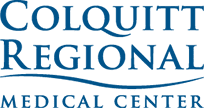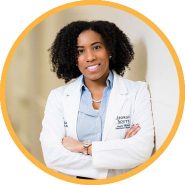Every 40 seconds in the United States, there is someone, somewhere, suffering a stroke. That amounts to over 795,000 people a year and it kills roughly 140,000 thousand Americans each year. That represents the fifth leading cause of death in the U. S. and is one of the country’s leading causes of disability
What is a Stroke?
A stroke is also known as a cerebrovascular accident (CVA). It is a sudden interruption in blood flow, which can be caused either by blood vessel blockage in the brain (ischemia) or by a blood vessel bleeding in the brain (hemorrhage). There is also the transient ischemic attack (TIA) or “mini-stroke” which is caused by temporary blockage of blood flow in the brain. This happens to approximately 240,000 adults in the U. S. every year. Fortunately, the symptoms of TIA resolve quickly and there is no permanent damage. Unfortunately, about 1/3 of people who have had a TIA have a stroke within one year.
What are the symptoms of a stroke?
Signs and symptoms of a stroke may include having trouble speaking or understanding what others are saying; new onset of numbness, tingling or paralysis in the face or limbs (particularly on one side); trouble seeing; and trouble walking. A sudden, severe headache without apparent cause may also be a warning sign.
Who is at risk?
There are several conditions and factors that increase stroke risk. Chronic medical problems like high blood pressure, diabetes and heart diseases (e.g. coronary artery disease, atrial fibrillation) increase risk. Family history of stroke or TIA, advanced age, smoking, and race/ethnicity also elevate risk. African-Americans and Hispanics, in particular, have a higher risk of stroke when compared to Caucasians.
How to prevent stroke.
Consider the ABCS of heart disease and stroke prevention:
- Aspirin: Aspirin may help reduce your risk for heart disease and stroke. This should be discussed with your doctor as taking a daily aspirin may also increase risk of bleeding.
- Blood pressure control
- Cholesterol under control
- Smoking: Quit Smoking!
There are also lifestyle changes that can help reduce your risk including:
- Eat a healthy, low-fat diet that is also lower in salt. Consider the DASH diet shown to decrease the risk of heart disease and stroke.
- Get regular exercise and work to maintain a healthy weight.
- Drink alcohol only in moderation, if at all.
- Ensure any other medical problems, like diabetes, are well controlled.
When should I see a doctor?
Think F.A.S.T! Seek medical attention immediately if you are having symptoms of a stroke. F.A.S.T stands for:
Face: Try to smile. Does your face droop to one side?
Arms: Raise both arms. Does one arm drift downward?
Speech: Try to speak a simple phrase. Is your speech strange or slurred?
Time: Time is of the essence. Call 911 or go to the nearest emergency room if you experience any of these or other stroke symptoms. Your medical community is there to help you.








